
Beneficial Species Human Partners in Survival

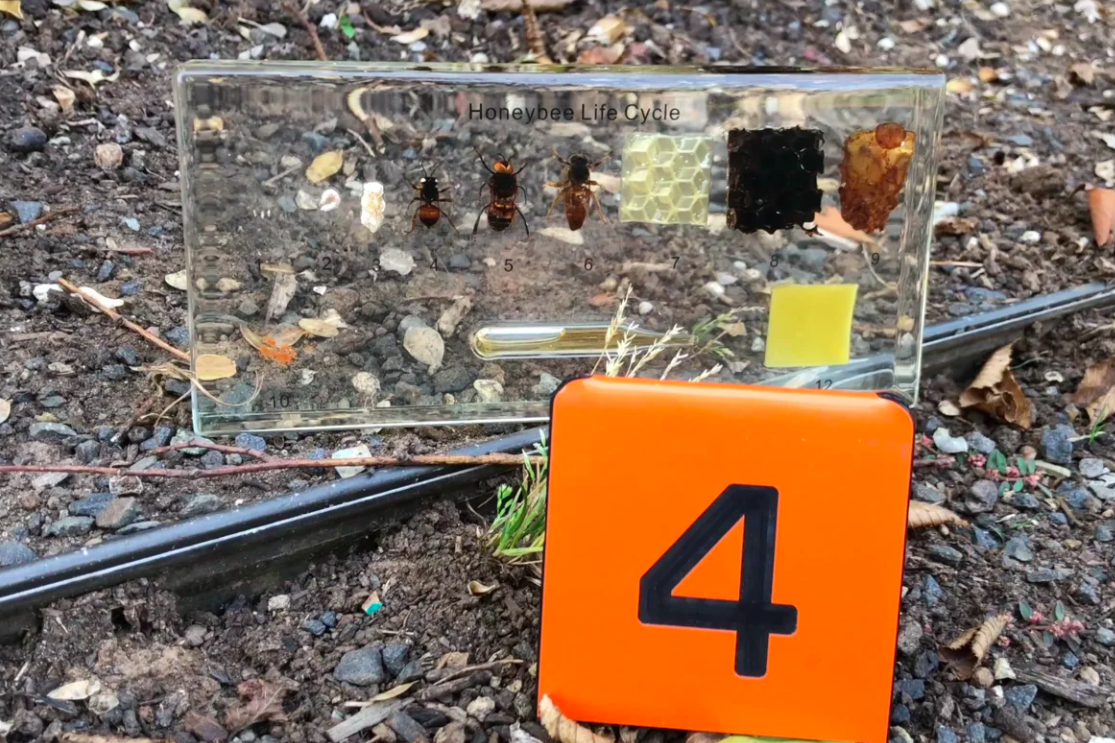
Beneficial Species Objectives
-
Provide examples of animal species that directly and indirectly benefit humans.
-
Summarize bee characteristics including their diversity, life cycles, communication, and pollination of human crops.
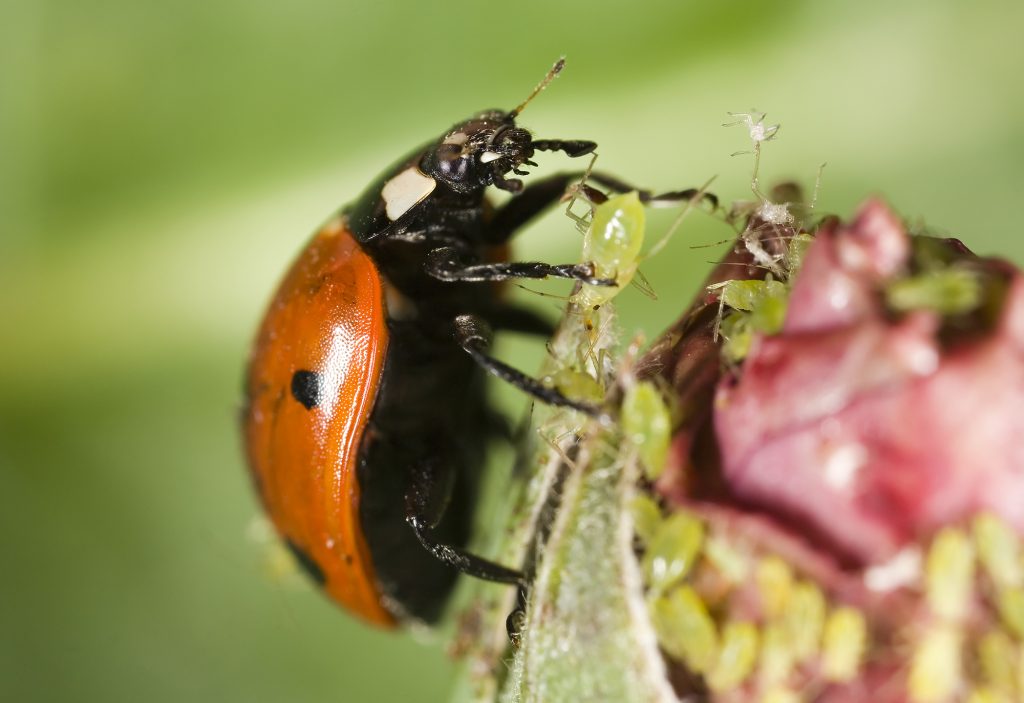
“Beneficial” animals positively impact humans in some manner. We have already met some of these categories: food animals, pets, and laboratory animals.
Animals also can produce products we use, give an indication of environmental quality, or control “pest species.
This video provides examples of the roles beneficial insects play and representative species.
Lady beetles are a beneficial insect that can control aphid populations.
You can purchase larvae online, and maintain them until they pupate and emerge as adults.
Instead of releasing these adults, we are keeping them in a terrarium.
Another role of “beneficial” animals is indicating the quality of a habitat. Some animals only thrive in clean soils or water.
This video discusses biotic (living) indicators of water quality.
Bees
Bees are the perfect animals to wrap up the course. They have interesting structures and behaviors, unique genetics and evolutionary path, and are important to humans and many other species.
Bees produce honey and beeswax. Historically honey was one of the only sweeteners available in the Northern hemisphere (prior to sugarcane distribution), and beeswax was important for candle lighting.
Bees feed on flower nectar and pollen and transfer extra pollen from one flower to the next. Bee species are essential for the pollination of many flowering plant species.
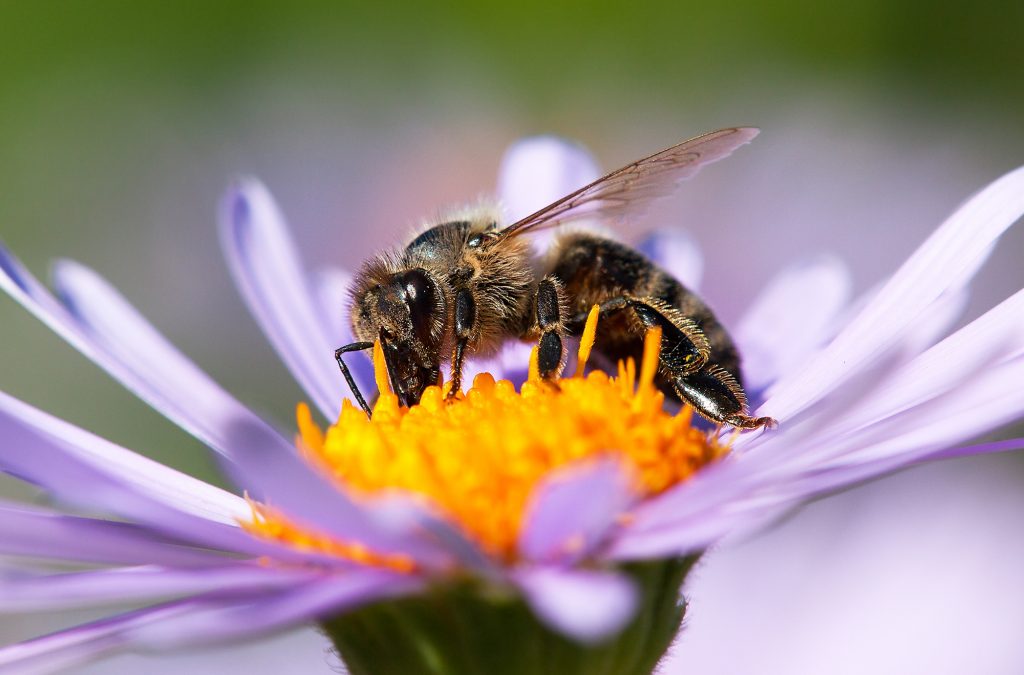
The most common honey bee is the Western Honey Bee (Apis mellifera) that is found on every continent except Antarctica. This bee has been experiencing Colony Collapse Disorder (CCD), an unexplained occurrence of worker bees in a colony disappearing leaving behind the queen and immature bees. The hive and food are intact, but the workers are gone.
The cause, or causes, of CCD are unknown, but the impact on agricultural crops in North America, Europe, and Asia has been significant. There are still many mysteries about bees for science to solve.
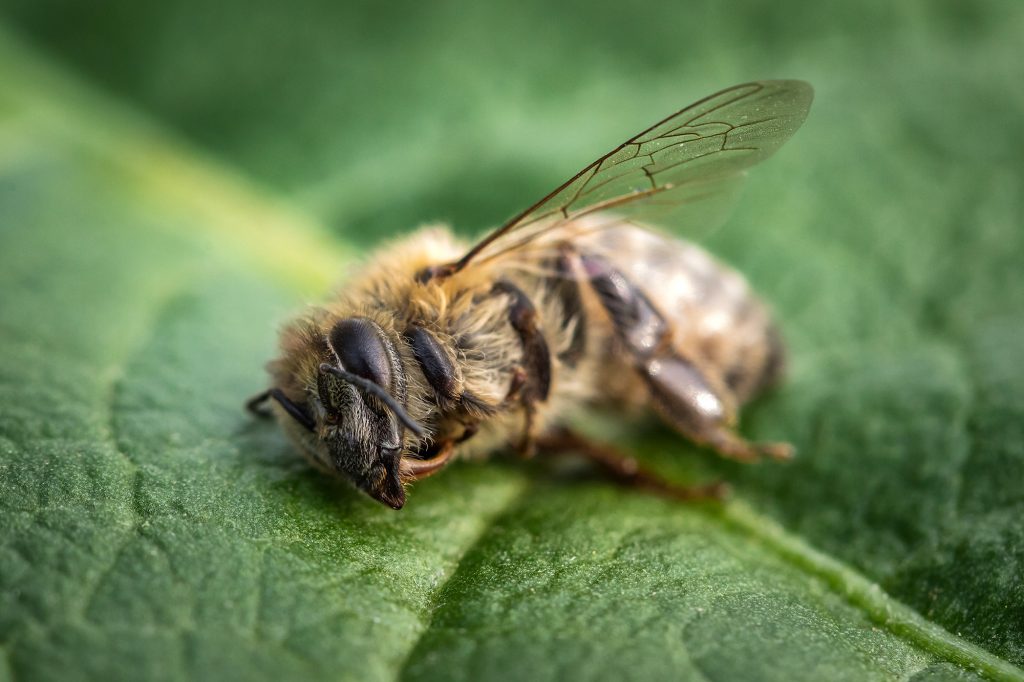
This final lecture video provides an overview of bees, in the context of several of the topics we’ve touched on in this course.
We’ve come a long way in this course, so we all deserve this video: Mark demonstrating the waggle dance :).
Interested in bees? We have more information in this guide’s resource section.
This is the end of Guide 10B, the final guide of AnimalBio.
Congratulations!
Please proceed to the product page.
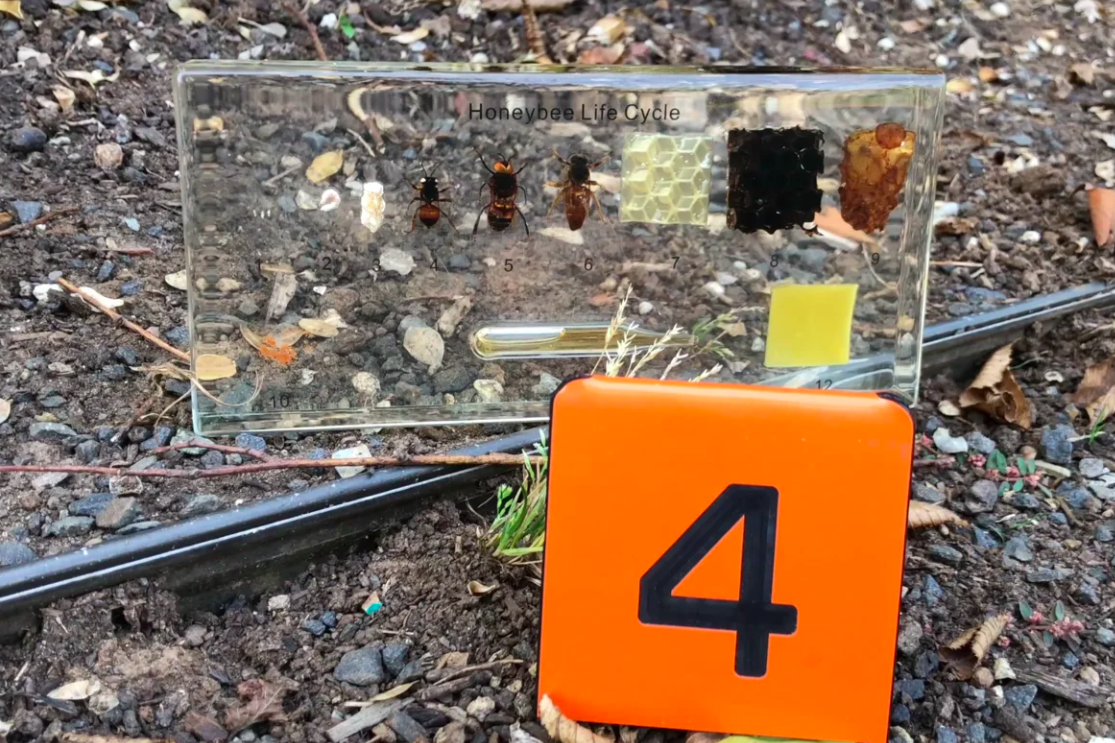
Check your knowledge. Can you:
-
provide examples of animal species that directly and indirectly benefit humans?
-
summarize bee characteristics including their diversity, life cycles, communication, and pollination of human crops?



